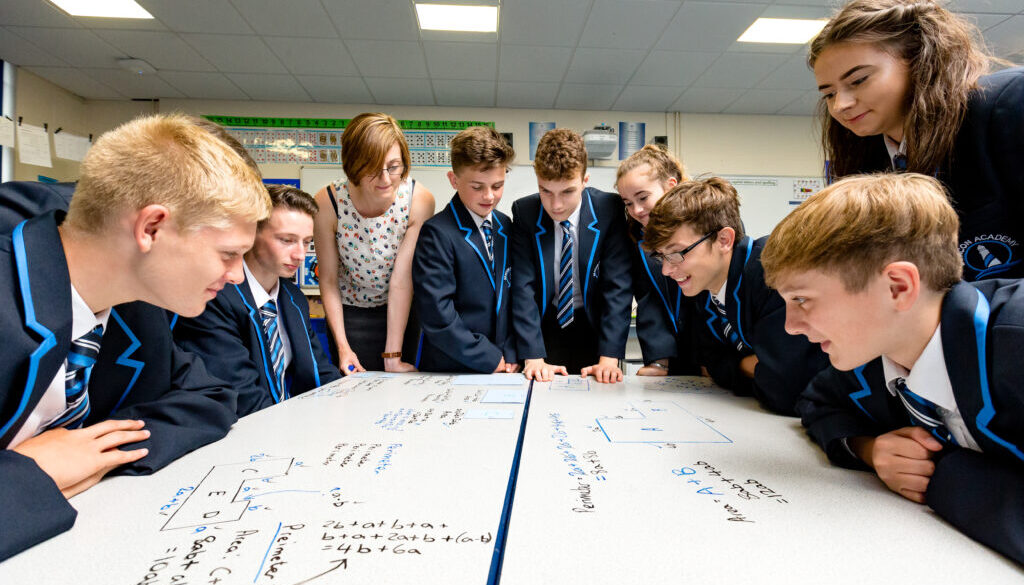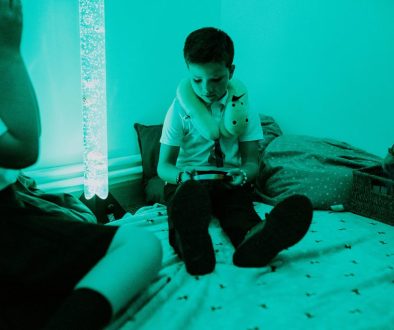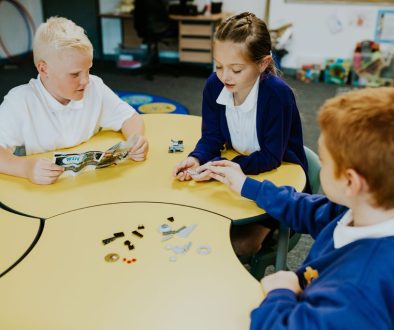Getting transition right for SEN learners
By Rob Burnett
Moving between primary and secondary (or any type of transition between schools) is an incredibly daunting experience for any learner. When you add to that experience additional needs, it can very quickly become a potential minefield of problems for some students.
Supporting students through this process can be extremely difficult. Often little is known about either where they are going, or where they have come from. Matching up support can be complicated if similar options aren’t available and relationships are yet to be built with the new setting. On top of all that, the support that has enveloped a student from reception to year 6 disappears overnight when they leave primary in year 6 and they fundamentally ‘start from scratch’ in year 7. Getting transition right for all learners is important, but getting it right for students with additional needs is absolutely vital. It can quite simply be the difference between positive and negative outcomes in life.
From my experience of working across key stages I have found that the most successful transitions start early. For some, this is as far back as the middle of KS2 (especially for those with Education, Health & Care Plans). Meetings with parents and the student themselves should serve as a key starter to kicking-off the transition process. As with all students with additional needs, placing them in the middle of the situation then building provision around them is often the best way of dealing with the situation. The future setting needs to quickly build a picture of ‘what already works’, and then integrate that within their own practice and their own offer.
To aid this, key relationships need to be built between settings who regularly transfer pupils (this could be KS2-KS3 or KS4 into further education or even a PRU into mainstream). Knowing what a student has experienced previously and piecing together how and if that support can continue is really important to the successful transfer of all students. Furthermore, this can help the extended transition program as schools can have more informal aspects to a transition process in visits, meetings or even holding intervention sessions in the new setting. As these relationships grow it can support students and their families having more information about potential school choices and ensuring they are in the right place.
Ultimately, there isn’t a ‘fix all’ for nailing the transition process and it takes a great deal of careful planning twinned with a huge amount of flexibility to ensure that the transfer of a student is ultimately successful. Ensuring that the needs of the student are at the heart of every decision made around their transition is always something that should be taking place. Puzzling together the jigsaw of support will then inevitably, almost naturally, occur.
I will be speaking in more depth about this and how Beacon Academy have worked to ensure this process is something that has been successful in my JosieTV session on 12th January.




